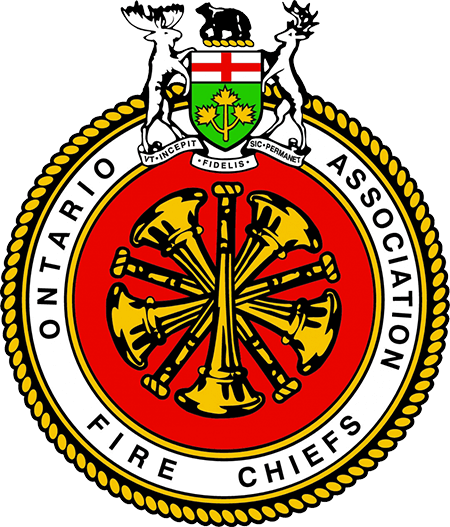Last year’s wildfire season broke records for its intensity and resulted in Canada’s first-ever evacuation of an entire capital city — Yellowknife. Smoke from the fires also impacted air quality not only nationally, but in the United States as well. Coming out of an intense season that garnered internal attention, federal officials are warning Canadians to prepare for another record-breaking year.
Due to a mild winter and warmer year, this wildfire season is looking to be worse, not better, than the last. Here’s what to expect for the spring and summer, what to know about the fires, and how officials are preparing for what’s to come.
What can we expect for the 2024 wildfire season?
“The temperature trends are very concerning. With the heat and dryness across the country we can expect that the wildfire season will start sooner and end later and potentially be more explosive,” said Minister of Emergency Preparedness Harjit Sajjan, at an April 10 technical briefing.
Early spring forecasts predict an above normal fire risk for western Canada, eastern Ontario, and southern Quebec in April. In May, the Prairies, eastern and southern British Columbia, northern Ontario, and western Quebec will be affected. Looking into the summer, long-range fire forecasts are unclear, as forecasting the precipitation that affects these conditions is difficult.
Why could this be a bad year for wildfires?
The warm fall and winter conditions throughout the country, as well as droughts, and minimal snowfall are all factors that contribute to a more intense fire season. Next to no snowfall from December to February in essential areas like southern B.C. and the Prairies impacted the moisture levels of the soil, and also increased the fire risk.
